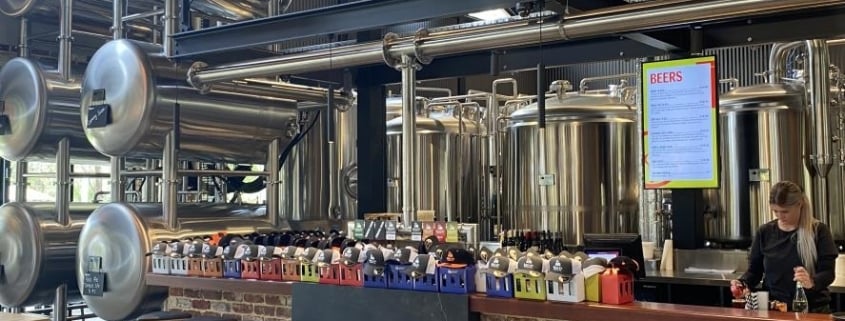Top Microbrewery Equipment Manufacturers in 2025
Starting a microbrewery is more than just brewing great beer. It’s about selecting the right equipment, building solid relationships with manufacturers, and making smart investments. Choosing the best microbrewery equipment manufacturer can mean the difference between success and costly mistakes.
Why Choosing the Right Microbrewery Equipment Manufacturer Matters
Imagine building your dream brewery and finding out six months later that your fermenters leak, your mash tun is inconsistent, and your brewhouse is a maintenance nightmare. Sounds like a nightmare, right? That’s why choosing the right microbrewery equipment manufacturer is crucial. It’s not just about buying steel tanks; it’s about investing in reliability, precision, and long-term success.
A reputable microbrewery equipment manufacturer offers more than just hardware. They bring expertise, engineering support, after-sales service, and, most importantly, peace of mind. Going with a subpar manufacturer might save you a few bucks upfront, but you’ll pay heavily later in downtime, repairs, and lost customers.
The right partner understands your brewing goals, capacity needs, and growth plans. They’ll help you scale your business and maintain high-quality brews. Think of them as a co-pilot on your brewing journey—you want someone you can trust when you hit turbulence.
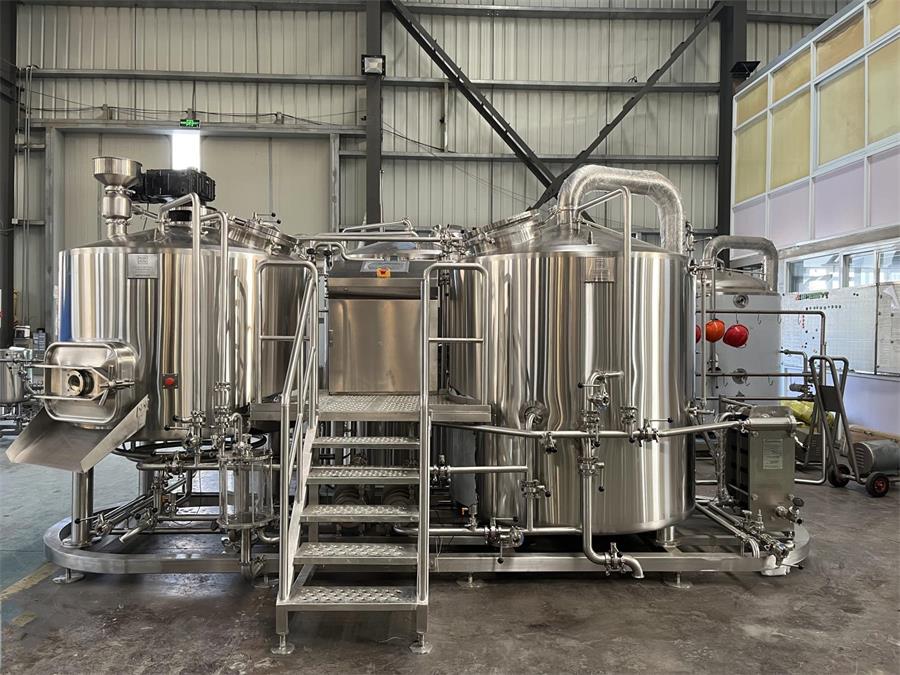
Key Features to Look for in Microbrewery Equipment
So, what exactly should you look for when shopping for microbrewery equipment? Let’s unpack the essential features that separate top-notch equipment from the rest.
Material Quality: Stainless Steel vs. Others
When it comes to brewing, stainless steel is king. It’s corrosion-resistant, easy to clean, and maintains beer purity. Cheaper metals may save money initially but can corrode, affect flavor, and increase contamination risks.
Precision Engineering and Craftsmanship
A good brewing system isn’t slapped together. It’s carefully engineered for efficiency, consistency, and ease of use. Look for smooth welds, sanitary fittings, and polished interiors that prevent bacteria build-up.
Automation vs. Manual Controls
Automated systems save time and reduce human error. However, manual systems give you more control and can be cheaper upfront. The best choice depends on your budget, batch size, and brewing style.
Customization Options
Your brewery is unique, and your equipment should reflect that. Top manufacturers offer customization for tank sizes, layouts, heating methods, and automation levels.
After-Sales Support and Warranty
What happens if your control panel malfunctions six months in? Reliable manufacturers offer strong warranties, spare parts availability, and responsive customer support. Trust me, you don’t want to chase down parts overseas while your fermenter sits idle.
Energy Efficiency
Brewing is energy-intensive. Choosing equipment with efficient heating systems, insulation, and smart energy-saving designs can save you thousands in operational costs.
Top Microbrewery Equipment Manufacturers: Detailed Comparisons
Here’s a breakdown of some of the world’s leading microbrewery equipment manufacturers, based on reputation, product quality, customer service, and pricing.
| Manufacturer | Country | Strengths | Weaknesses | Price Range | Customization | Customer Support |
|---|---|---|---|---|---|---|
| Ss Brewtech | USA | Excellent engineering, compact designs | Limited high-volume systems | $$$ | Moderate | Strong, fast responses |
| Blichmann Engineering | USA | Innovative designs, user-friendly | Higher cost for small brewers | $$$$ | Limited | Excellent |
| Tiantai | China | Affordable, wide capacity range | Longer shipping times | $$ | High | Responsive but timezone delays |
| Brewiks | Europe | Compact, turnkey systems | Fewer large-scale options | $$$ | Moderate | Good with strong manuals |
| Deutsche Beverage | USA | High-quality, fully customizable | Expensive | $$$$ | Very High | Excellent with project management |
| Alpha Brewing Operations | USA | Full-scale solutions, great support | Lead times can be long | $$$ | Very High | Excellent |
Each of these manufacturers has its niche. For example, Ss Brewtech is perfect for startups aiming for high quality on a smaller scale, while Deutsche Beverage is better suited for those ready to scale quickly and invest heavily.
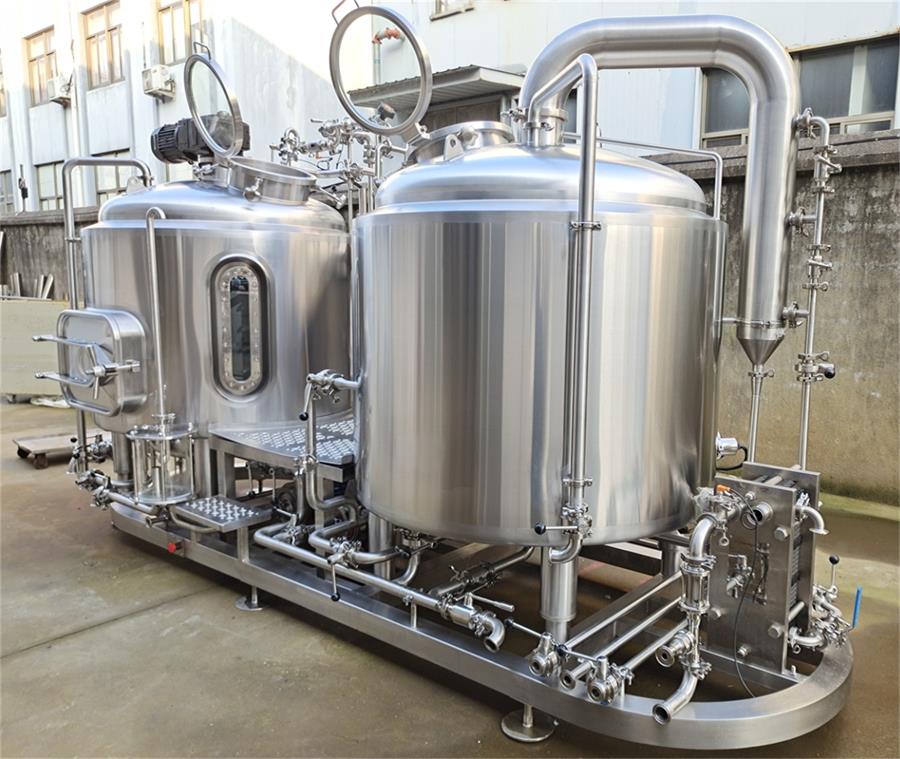
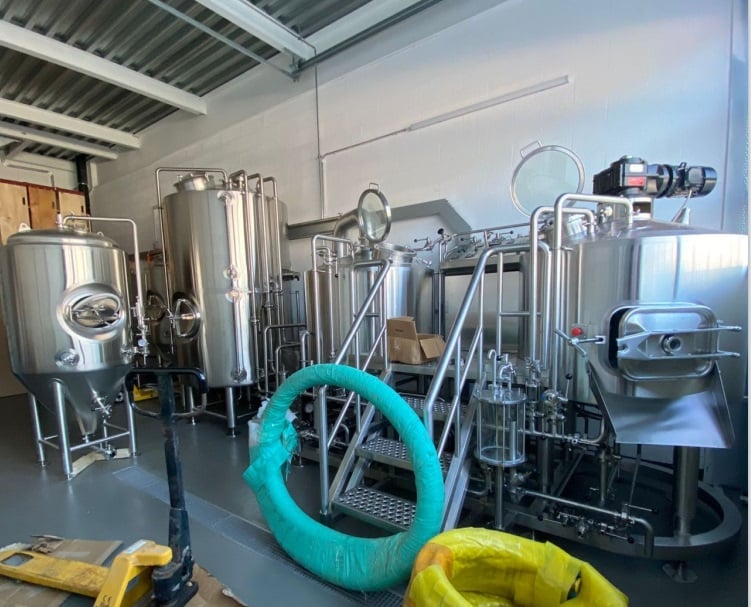


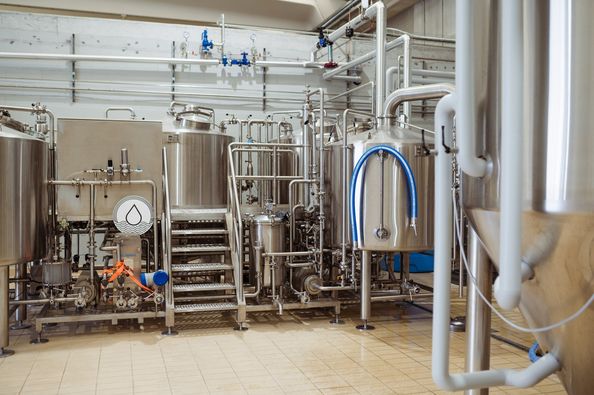
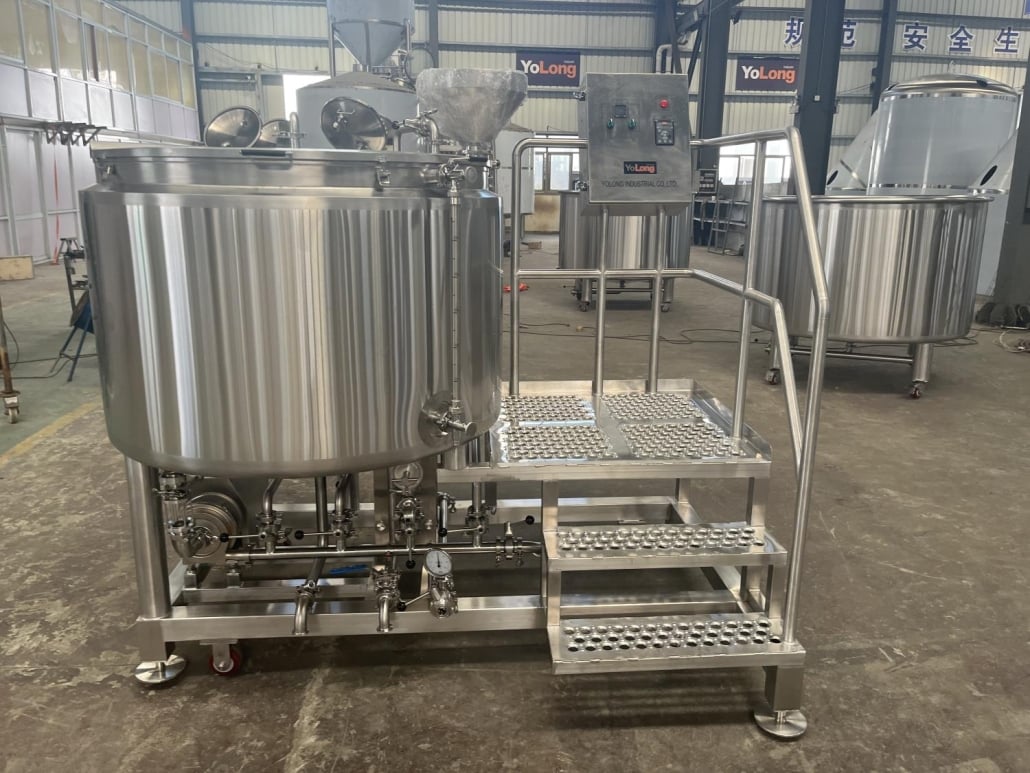
How to Choose the Right Manufacturer for Your Brewery
Picking the right manufacturer isn’t just about the equipment—it’s about finding the right fit for your vision.
Assess Your Brewing Goals
Are you opening a taproom or planning to distribute statewide? Your production goals will significantly impact your choice of equipment and manufacturer.
Understand Your Budget
Some manufacturers offer entry-level options, while others specialize in premium, fully-automated systems. Be realistic about your budget and weigh the pros and cons: a cheaper system might need costly upgrades sooner.
Check Manufacturer Reputation
Don’t just rely on their website testimonials. Dive into brewing forums, social media groups, and industry events to hear real-world experiences.
Request Facility Visits or Virtual Tours
Seeing the equipment in action (even virtually) gives you a better feel for build quality, usability, and cleanliness standards.
Evaluate Customer Service
Quick response times, good communication, and strong after-sales support can save you serious headaches later.
Cost of Microbrewery Equipment: What to Expect
Let’s get real: microbrewery equipment isn’t cheap, but it doesn’t have to break the bank either. Costs vary based on size, automation, and customization.
| Equipment Type | Capacity | Price Range (USD) |
|---|---|---|
| Brewhouse | 3-15 BBL | $50,000 – $250,000 |
| Fermenters | 3-15 BBL | $5,000 – $25,000 per tank |
| Bright Tanks | 3-15 BBL | $5,000 – $20,000 per tank |
| Control Panels | Varies | $5,000 – $50,000 |
| Auxiliary Equipment (pumps, hoses) | – | $10,000 – $50,000 |
Custom, larger, or fully automated systems can easily push costs into the $500,000+ range.
Comparatively, buying from a U.S. or European manufacturer is usually more expensive but comes with better quality, faster support, and easier logistics. Chinese manufacturers offer more affordable options but may come with longer lead times and potentially higher shipping costs.
How Long Does It Take to Get Microbrewery Equipment?
Timeframes vary based on manufacturer location, customization level, and order size.
| Manufacturer Region | Estimated Lead Time |
|---|---|
| USA | 2 – 6 months |
| Europe | 3 – 8 months |
| China | 2 – 5 months |
Ordering a fully custom brewhouse? Expect to wait longer. Some breweries report waiting up to 12 months for heavily customized, large-capacity systems.
Keep in mind shipping, import taxes, and possible port delays. It’s wise to build some flexibility into your opening timeline to accommodate potential hiccups.
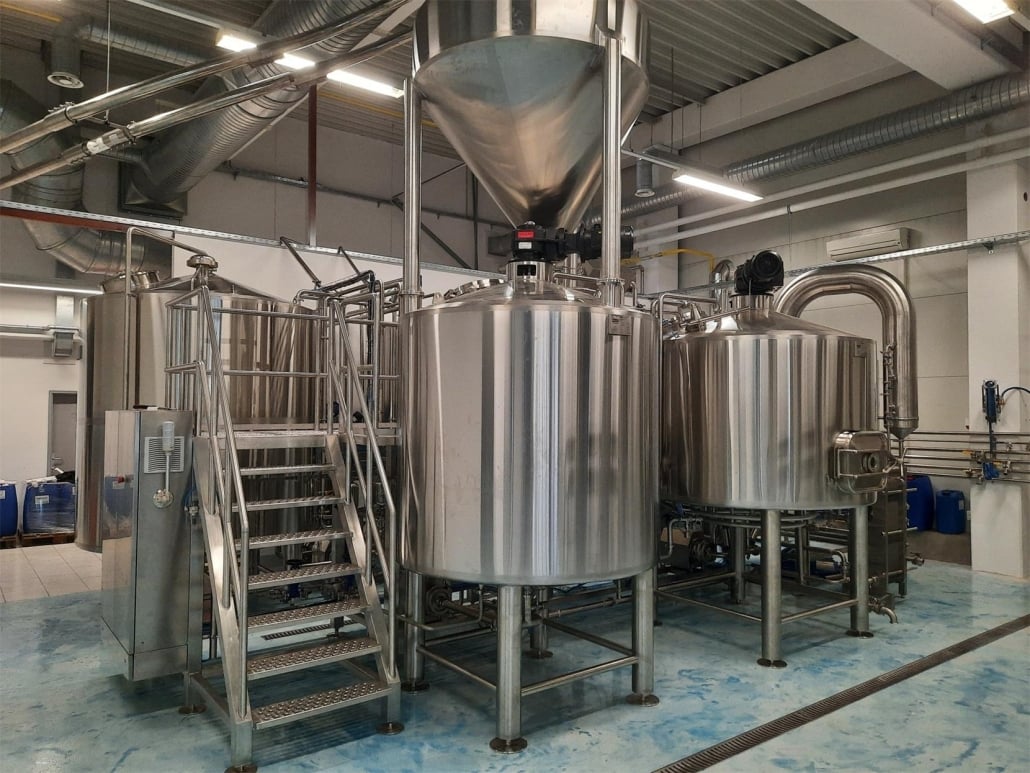
FAQ
| Question | Answer |
|---|---|
| What is the most reliable microbrewery equipment manufacturer? | Brands like Ss Brewtech, Blichmann, and Deutsche Beverage consistently receive high marks for reliability and support. |
| Is it cheaper to buy microbrewery equipment from China? | Generally, yes. Chinese manufacturers like Tiantai offer more budget-friendly options, but shipping and import fees can offset savings. |
| Can I start a brewery with used equipment? | Absolutely. It’s a cost-saving option but comes with risks like hidden damage, limited warranties, and outdated technology. Always inspect thoroughly. |
| How much space do I need for a microbrewery? | For a 3-7 BBL system, you’ll need at least 1,500 to 3,000 square feet to comfortably fit equipment, storage, and workspace. |
| What is the lifespan of microbrewery equipment? | With proper maintenance, quality stainless steel brewing equipment can last 15-30 years. |
| Do manufacturers help with brewery layout design? | Yes, most reputable manufacturers offer layout consultations to optimize space, workflow, and safety. |

